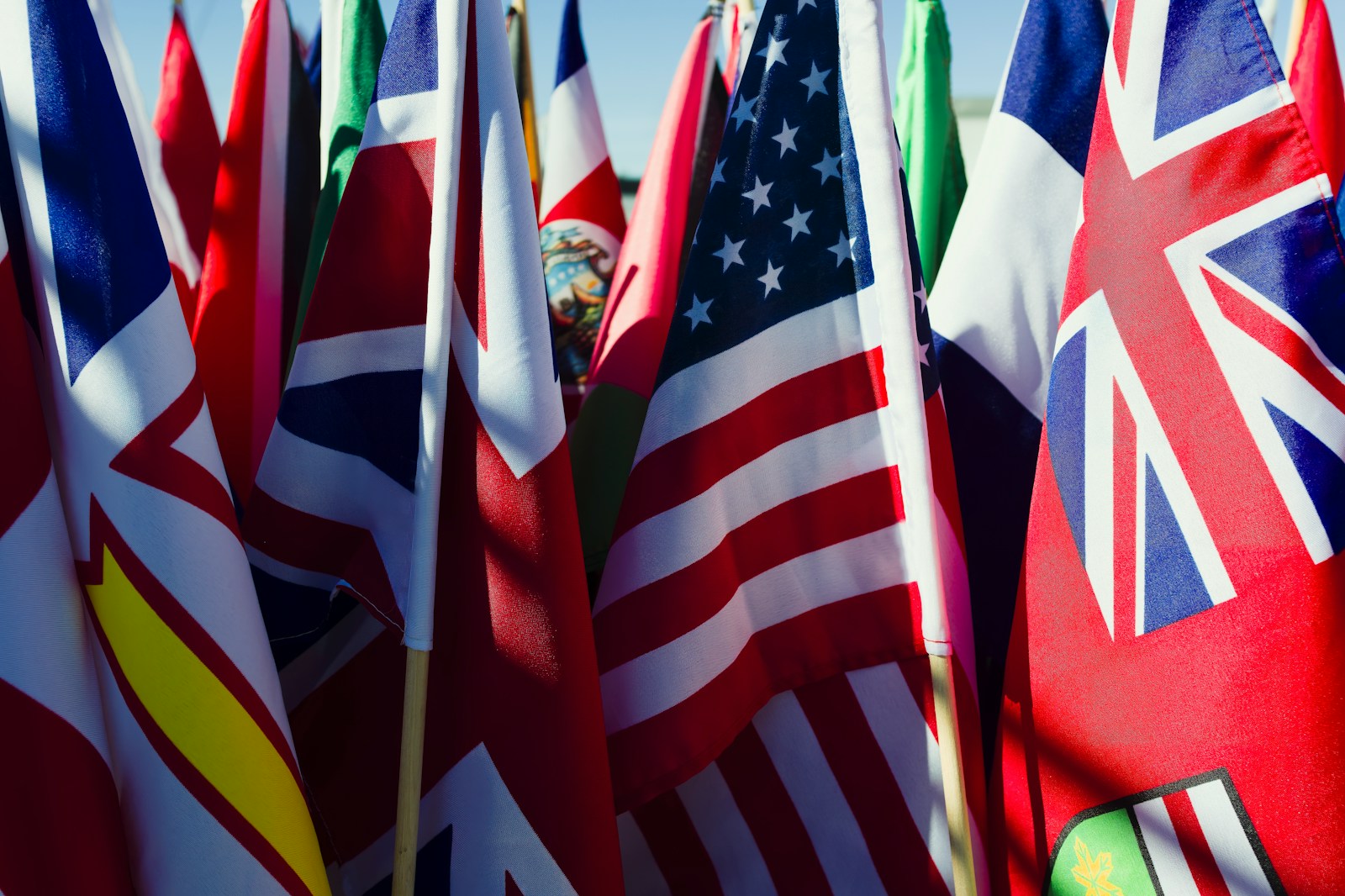U.S. Pushes for Stronger International Cooperation in Quantum Technology

Insider Brief
- The Biden administration wants to enhance U.S. leadership in quantum technology through coordinated international cooperation efforts, guided by a newly released government report.
- The report recommends creating dedicated funding mechanisms and improving interagency coordination to bolster global collaborations in quantum information science.
- Emphasizing the importance of strategic partnerships, the administration aims to shape a global quantum landscape that aligns with U.S. values and scientific goals.
The Biden administration is taking significant steps to strengthen the United States’ position in the rapidly advancing field of quantum information science and technology (QIST), according to a report from the Interagency Working Group on International Cooperation in Quantum Information Science, part of the Subcommittee on Quantum Information Science under the National Science & Technology Council.
Recognizing the transformative potential of QIST — an emerging field with the theoretical potential to change how information is collected, processed and transmitted — the administration is prioritizing international cooperation to ensure that the U.S. remains at the forefront of this global race, according to the committee, which was was established by the NSTC Committee on Science to coordinate Federal R&D
in quantum information science and related technologies, as outlined by the National Quantum Initiative Act.
Quantum information science, which could enable a range of new products and services in computing, cryptography and communications, is being aggressively pursued worldwide. Over the past decade, countries around the globe have launched major initiatives to bolster their QIST capabilities. These efforts have increased global participation in quantum research, underscoring the importance of international collaboration. While the U.S. has long supported such cooperation, the paper argues that it’s time to refine and expand the country’s approach to international engagements in QIST.
“Opportunities exist to adjust and strengthen [the U.S.’s] approach that will better position the Nation to both leverage international engagements and advance U.S. priorities related to QIST,” the report states.
The Case for Collaboration
As outlined in the report, the U.S. Government believes that international cooperation in QIST should focus on partnerships that offer mutual benefits and are grounded in shared values, scientific inquiry and economic potential. Such collaborations, the paper argues, can accelerate innovation, improve access to global supply chains and markets and help shape international policies and standards related to quantum technologies. The report emphasizes that these partnerships are particularly effective when driven by subject matter experts who can identify and act on shared interests through mechanisms like scientific workshops and the exchange of scientists and professionals.
Building on a longstanding tradition of international cooperation, the report identifies several ways to enhance these efforts. The U.S. can inform priorities, establish joint research projects, pilot new approaches that catalyze discovery, and formalize collaborations where necessary, all to boost innovation in QIST. However, the report also highlights several challenges that complicate these efforts.
Collaboration Can Be Challenging, Too
Enhancing collaborations may sound easy, but, especially with international partnerships, meangful collaborations can be challenging to find, forge and facilitate.
One of the key obstacles identified is the mismatch in technical capabilities, scientific priorities and funding systems between the U.S. and its international partners. As more countries and jurisdictions ramp up their QIST initiatives, the U.S. is receiving an increasing number of requests for collaboration. If not effectively coordinated, these requests could divert attention from ongoing efforts and dilute the impact of U.S. resources.
To address these challenges, the report makes several recommendations aimed at ensuring that the U.S. is well-positioned to foster beneficial and agile collaborations with a wide range of international partners.
Recommendations for Strengthening U.S. Strategy
The paper identifies one overarching goal: Enable international cooperation that imparts mutual benefits and prioritizes shared values, scientific purpose and economic promise. However the group also broke this goal down into three recommendations.
First, the report calls for the U.S. Government to create dedicated and long-term funding mechanisms specifically for international QIST collaboration and cooperation. This would provide stable financial support for partnerships that can advance the field and enhance U.S. competitiveness.
The group writes: “The State Department is well-positioned to steward this effort, coordinated through the Subcommittee on Quantum Information Science (SCQIS) and the Executive Secretariat for International Cooperation (ESIX). In parallel, agencies could explore using existing authorities to support international cooperation individually, or through the pooling of funds across agencies, if appropriate to meet the agencies’ needs, to be executed in close coordination with those contributing.”
The paper also recommends enhancing interagency coordination of international cooperation practices. By reinforcing an integrated U.S. Government-wide portfolio for international QIST engagement, the U.S. can better align its efforts across different agencies and ensure a cohesive strategy.
Finally, the report urges the establishment of metrics to track global competitiveness in QIST and its enabling technologies. These metrics would help the U.S. assess its standing in the international landscape and adjust its strategies as needed to maintain leadership in the field.
The paper states: “Better metrics should be developed that account for the QIST workforce and supply chain, used in conjunction with the above mentioned bibliometrics, patent data and funding data. In addition, through the International IWG and Workforce IWG, the U.S. Government should track the change and flow of the workforce and funding as a complement to total numbers. For example, effective measures should indicate which countries are producing a QIST workforce and how this workforce migrates across borders, as these metrics may ultimately reflect the pull of the most promising opportunities and impact of funding.”
These recommendations build on previous U.S. strategies, including the National Strategic Overview for Quantum Information Science and the National Quantum Initiative Advisory Committee’s report. Together, they aim to create a global QIST landscape that supports scientific rigor, research integrity, and the principles of openness and transparency.
The paper offers a much deeper analysis on the challenges and benefits, as well as these action steps than this overview can provide. Access that paper here.
